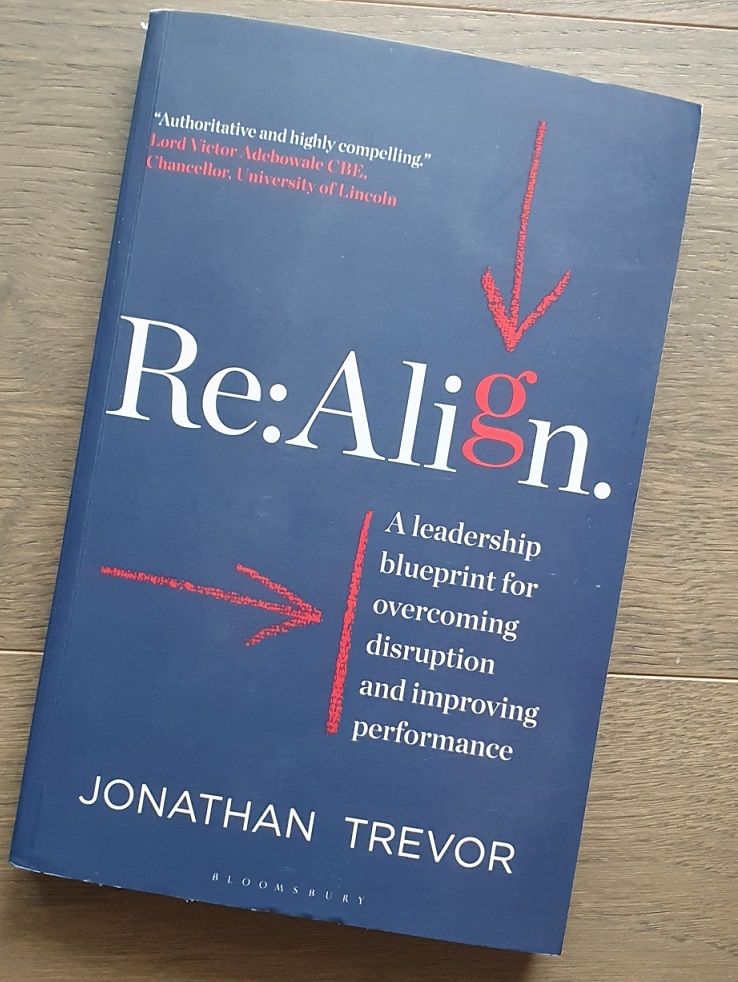How internal communication underpins strategic alignment
Strategic alignment is about the ways that an organisation’s strategy is in alignment with external stakeholder expectations and how employees, resources, systems, and processes are aligned to the achievement of the organisation’s stated strategy
There is general agreement about the importance of employee understanding of an organisation’s strategy




